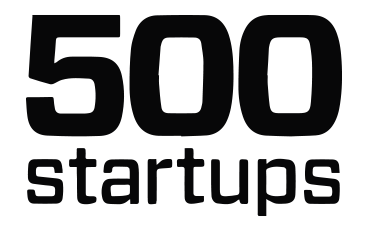Read by

Used at top MBA programs including
WEEKLY 3 SHIFTS EDITION
The top 3 market shifts to know each week
Packed with insights and designed to be read in 10 minutes.
Sample 3 Shifts EditionStart for free
Get one full market shift in your inbox every week
Start for free
Jan 26 2024
22 min read
Special Edition
Welcome to our 5th annual “looking ahead” Special Edition, in which 6Pages looks towards the market shifts we expect to unfold this year. Our expectations for 2024 are predicated on our analysis across tens of thousands of market signals every year and deep-dive research into the most important market shifts each week.
In our 5th annual “looking ahead” Special Edition, 6Pages lays out 13 market shifts that we expect to unfold in 2024. With an election year, ongoing conflicts, and a market still in limbo, 2024 may be the hardest year yet to know what lies ahead.
MEMBER-ONLY BRIEFS
Deep research on the most important far-reaching market shifts in technology and business.
How we work
We combine aggregation & automation technologies with consulting-style sprints to build a clear picture of what’s changing and what lies ahead.
About Us291,464
market events captured within210+sectors
18,403
Curated signals
8,036
Prioritized signals
320
Editions
850
Shifts covered
Join us
Join thousands of executives, investors, founders and thought leaders making better and faster decisions.